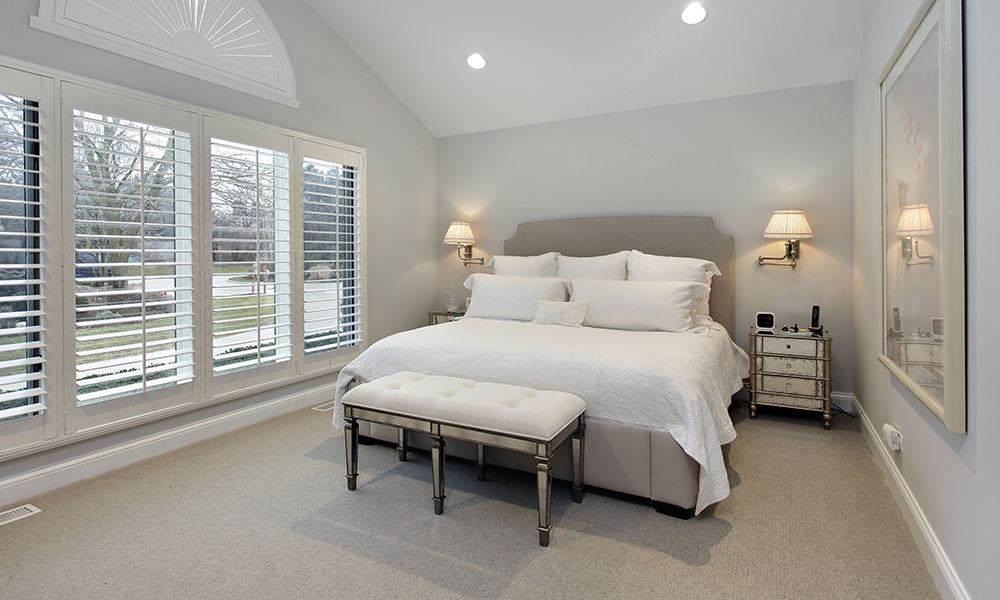Check out our latest news as well as finding useful tips and resources.

Coldbuster Pioneers New Flexible Carpet Heater Design
Coldbuster has taken it’s thin heating element design and applied it to a versatile new form of carpet heating that offers improved coverage and greater flexibility. As the Coldbuster thin cable is thin enough to sit between the underlay and the carpet surface, it benefits from the added insulation the underlay offers, keeping the cable off the cold cement slab or timber subfloor.
Heating under carpets presents a greater challenge than heating under tiles.
A cable that is fitted between the carpet and underlay is subject to much more movement when the carpet is walked upon, compared to when a cable is rigidly fixed in tile glue below the tile surface.
With carpet movement inherent with foot traffic, the cables must be fixed to a ‘carrier’ mat so that over time they do not move closer to one another. If heat cables were to be damaged the outer earth shield would immediately ‘trip’ out power at the RCD circuit breaker.
Previously Coldbuster’s carpet heaters used a polyester mat as a carrier to maintain the carpet heater element spacing. This configuration was not dissimilar to an electric blanket, where the elements are sandwiched securely between two layers of fabric.
The disadvantage of this design, however, meant the carpet heaters had to be manufactured in rigid, preset rectangular shapes which could then be combined and arranged to cater for different shaped and sized rooms.
Coldbuster’s latest version of the carpet heater is however much more flexible in its design. Instead of pre-fixed panels, the element is now stitched with a polyester thread to a blue fibreglass mesh. This gives it the same flexibility as the Coldbuster tile heater, in that the mesh can be cut and the element shaped to suit the layout of the room.
The heater mats are 500mm wide and come in a range of lengths 2.5, 5, 7.5, 10 and 12.5m long to cater for rooms of different areas and shapes. Heaters have 6m long power leads that can be connected to a programmable or manual thermostat.The heater is waterproof, fully earthed and needs to be connected to a RCD protected circuit at the time of installation to ensure full protection against fire and shock hazards.
Click here to find out more about our carpet heaters or watch the installation video below!